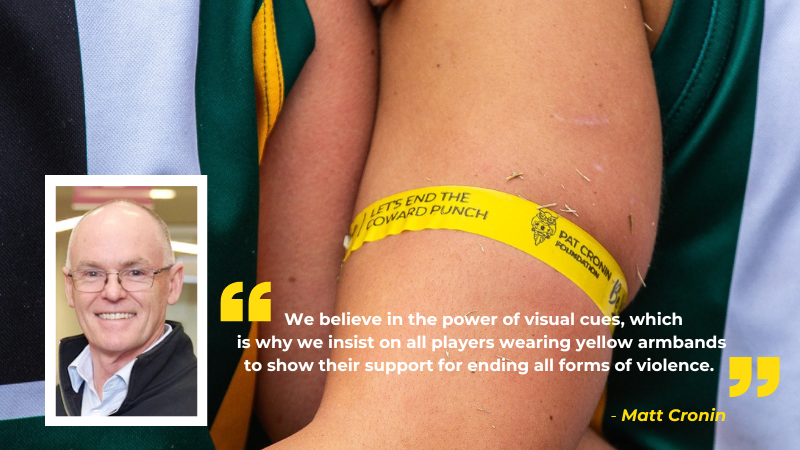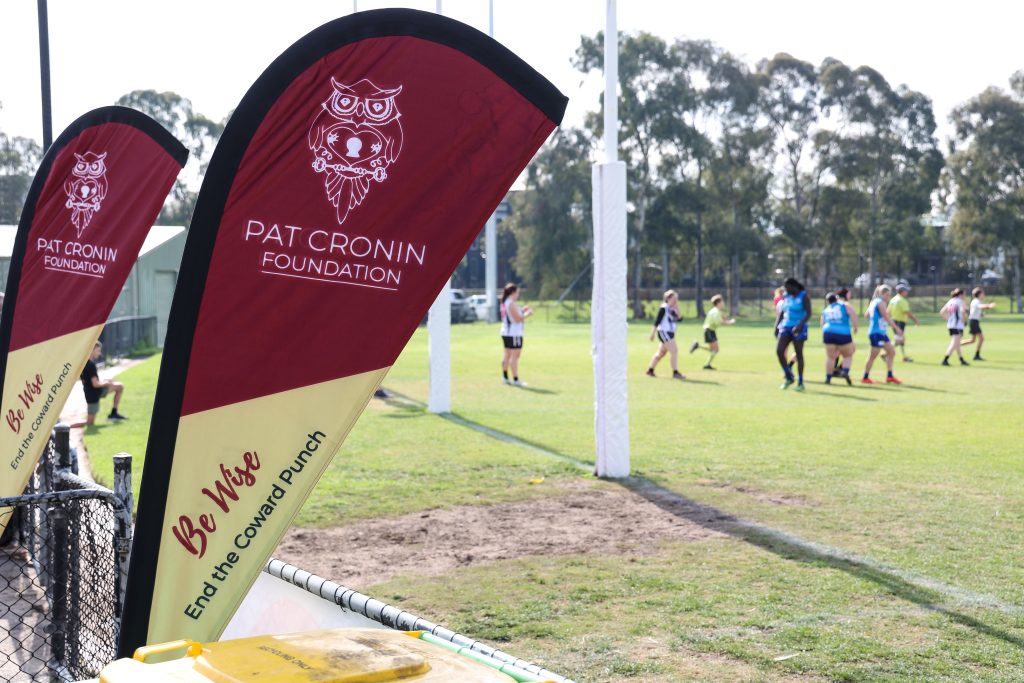Unfortunately, poor behaviour from parents on the sidelines – swearing, hurling insults and humiliating referees and young players – along with outdated coaching attitudes – is spoiling the experience.
More than 80 per cent of 880 people surveyed in a recent Victoria University study claimed they had experienced violence while playing sport as a child in Australia.
Psychological violence was the most frequent form (76% of respondents), but rates of physical violence (66%) and sexual violence (38%) were also high.
One in three kids playing sport cop parental abuse
Dr Mary Woessner, a senior lecturer and researcher at Victoria University, leads a team researching safety and wellbeing in sport.
She’s been examining the magnitude of violence against kids in Australian community sport – unearthing some alarming numbers.
A recent university survey of 886 Australian adults found that 82 per cent had experienced “violence” while taking part in sport as children.
“We’re talking about all types of violence – psychological violence, physical violence, sexual violence,” she says.
“So we’re also saying that 33 per cent of our respondents had experienced at least one instance of psychological violence and neglect, and physical and sexual violence in the community sport context.
“So when you think about it like that, like the 82% number is shocking. But when you look at the 33 per cent figure and then it really hits home – it’s not just a one-off thing. ”
Crossing a line between pushiness and abuse
Dr Woessner says there’s a line between pushiness and abuse in sport that doesn’t seem to exist in any other context.
“If a teacher picked up a text book because a child failed a test and threw it at them, the parents would be outraged.
“But if a coach throws a water bottle at a kid at half-time, a range of excuses arrive – “He’s firing them up”, “This is what’s needed”, “It didn’t hit anyone. It’s not really that bad, is it?
“You have to remind people that it’s still a 12-year-old kid, and that’s still violence.
“The other challenge is that we don’t know what that child is experiencing at school, at home.
“If that person has already experienced domestic violence, or he’s getting bullied at school, and then he comes into the sporting context and experiences that again, it could really be a compounding effect.
“I think a lot of people still reach for that ‘tough love’ rhetoric. There’s actually no evidence that that sort of brutalist mentality is effective.
“And at community level sport, it just doesn’t matter.”
Social media and the rise of the ‘pushy’ parent
We’ve all encountered the “pushy parent” at games – the one who takes it upon themselves to shout their own instructions from the sidelines, criticizes the opposing team’s 10-year-olds, and dramatically throws their hands up in frustration when their own child makes a mistake on the field.
University of Sunshine Coast’s Dr Rachael Sharman – a senior psychology lecturer – believes the problem is growing, for a range of reasons.
“There was an article recently about teenage referees being screamed at – I can’t imagine the happening 40 years ago,” she said.
“I dare say people used to get just as angry but they had the coping skills to suck it up and keep it inside.
“What’s now happening is a lot of that is getting externalised in this kind of antisocial manner, particularly on the sidelines of football matches and things like that – and particularly towards younger and younger children.
“I think we live in a time unfortunately where people are used to jumping on line and hurling abuse and trolling and carrying on. Obviously 40 years ago that didn’t happen.”

Dr Rachael Sharman, of the University of the Sunshine Coast.
When feeling ‘obstructed’ triggers anger
Dr Sharman says anger typically arises when we feel obstructed.
“One of the best examples of this is road rage.
“If people are feeling the person in front of them is slowing them down, what they tend to do is drive towards that person very aggressively to try to move them out of their way.
“I think unfortunately in a sporting context is that you’ve already got people whose emotions are running high.
“When the kids get on the field there’s a natural obstruction – there’s tackles, there’s someone trying to score a try and someone trying to stop them.
“I think on the part of parents, it’s almost like a vicarious anger – they’re watching their child being obstructed – even though that’s the whole point of the game.”
Yellow armbands: The power of visual cues in changing behaviour
Creating awareness is arguably the first step.
In Victoria, the Pat Cronin Foundation is working hard to end violence on the sports field through the Pat Cronin Foundation Round, which has almost doubled in size in the past 12 months.
Over 50,000 players, 200 teams and five Victorian football/netball leagues were involved in the initiative in 2024.

Player image: Thanks to Field of View Sports Photography
The Foundation also partnered with one of Australia’s largest sports stadiums in the Victorian City of Casey with a series of initiatives including “big screen” reminders to “Think Pat” – Pause, Accept that anger is OK but think before reacting. Anger is OK but violence is certainly not.
The Foundation aims to change attitudes to violence in all aspects – violence between players as well as abuse from parents and coaches.
“We believe in the power of visual cues, which is why we insist on all players wearing yellow armbands throughout the round to show their support for ending all forms of violence,” says Foundation director Matt Cronin.
“It’s in addition to having all players shake before and after each match.
Sparking wider conversations around abuse
“They’re simple things, but they’re top of mind throughout the weekend as well as sparking wider conversations amongst the players as well as their supporters and families.
“We also have kits for coaches and encourage clubs to engage in our presentations.
“We’ve gained a huge amount of traction with the annual round, and we’re looking to expand it into other leagues and codes not only in Victoria but throughout the country.”

More than 50,000 players took part in the 2024 Pat Cronin Foundation Round.

